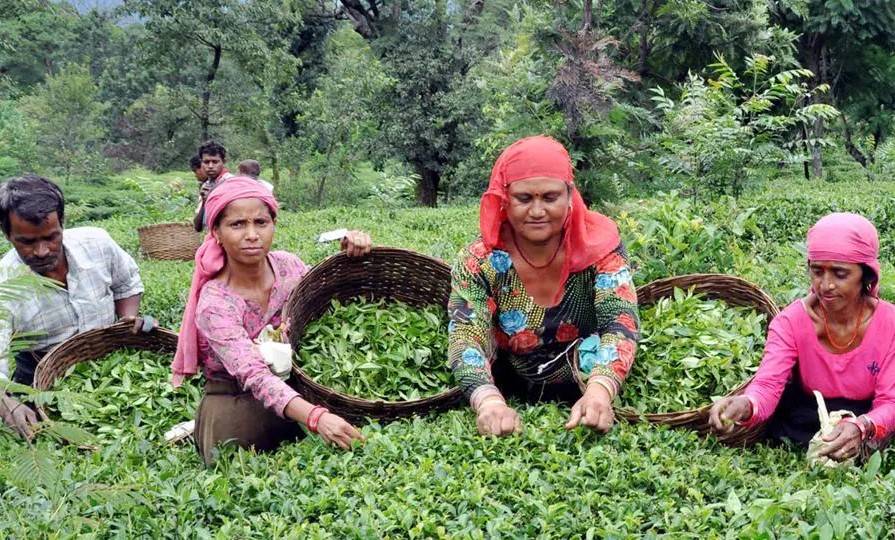
Kangra Tea from Himachal Pradesh was awarded a European Union Geographical Indication Badge on March 29. Both the EU and India place a major emphasis on GI, placing a high value on local food, protecting and developing rich cultural heritage. "#EUIndiaEkSaath," tweeted the EU in India official organization. The label will assist Kangra tea get access to the European market. Kangra tea received the Indian GI tag in 2005.
"Since 1999, tea planting and development in Himachal Pradesh's Kangra region have steadily improved. We registered a new Geographical Indication from India today! EU-India. Kangra tea is grown on the slopes of the Dhauladhar mountain range in the Western Himalayas, 900-1,400 metres above sea level. It has a nutty, woody scent and a sweet aftertaste," EU Agriculture tweeted.
Tea Board of India Regional Office Palampur, cooperative and agriculture departments of the state, and CSIR, IHBT Palampur, and Chaudhary Sarwan Kumar Agriculture University, Palampur promote and manage Kangra tea development and cultivation. Kangra tea is a variety of tea made from the leaves, buds, and delicate stems of the Camellia sinensis plant, which is grown in the Kangra valley (Himachal Pradesh, India).
The key characteristics of 'Kangra tea' leaves include a multi-stemmed frame and narrow leaves. Kangra tea is grown from seed stock raised in the Kangra valley and other types selected for the location. The flavour profile of 'Kangra tea' is distinguished by nutty, winter-green, woody floral scents. 'Kangra tea' has a delicious aftertaste. Kangra tea has a pale colour with a strong spirits body. Kangra tea leaves contain up to 13% catechins, 3% caffeine, and amino acids such theanine, glutamine, and tryptophan.
Green, oolong, white, and orthodox black teas are grown in the Kangra Valley. Kangra tea is grown in numerous locations throughout the Dhauladhar mountain ranges of the Western Himalayas. They are Palampur, Baijnath, Kangra, and Dharmshala in the Kangra district; Jogindernagar in the Mandi district; and Bhatiyat in the Chamba district.
The Kangra area, as stated in this application, benefits from the highly particular geographical circumstances that exist in the Himalayan snow-clad Dhauladhar mountain ranges. Altitude is a distinguishing aspect of the region, as all tea estates are located in mountain ranges at altitudes ranging from 900 to 1400 m.
The Kangra region also receives a lot of rain every year. The city of Dharmshala and its surrounding territories are definitely the second highest rain-receiving locations in India, after Mawsynram in the state of Meghalaya. The average annual rainfall in Dharmshala is between 270 and 350 cm.
















